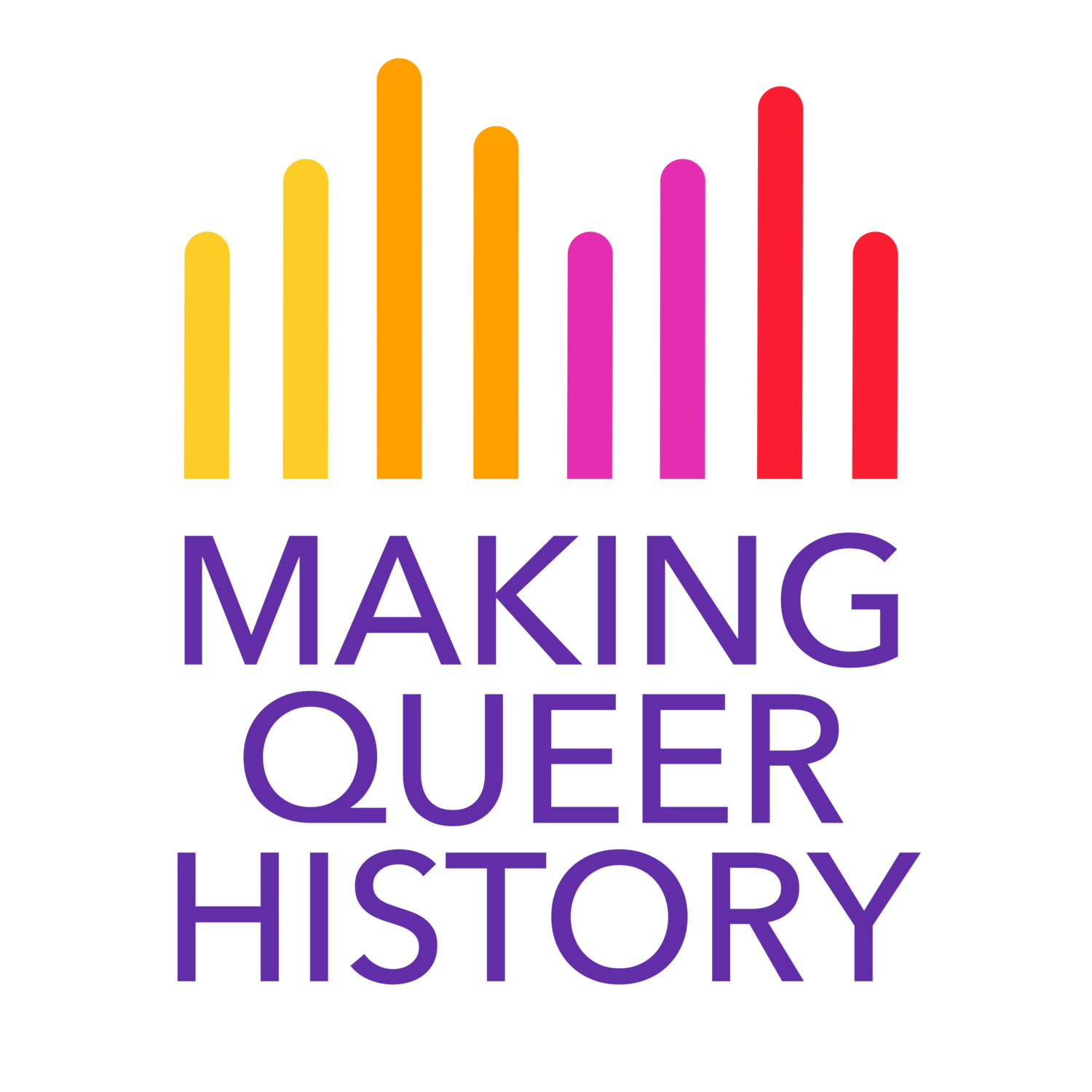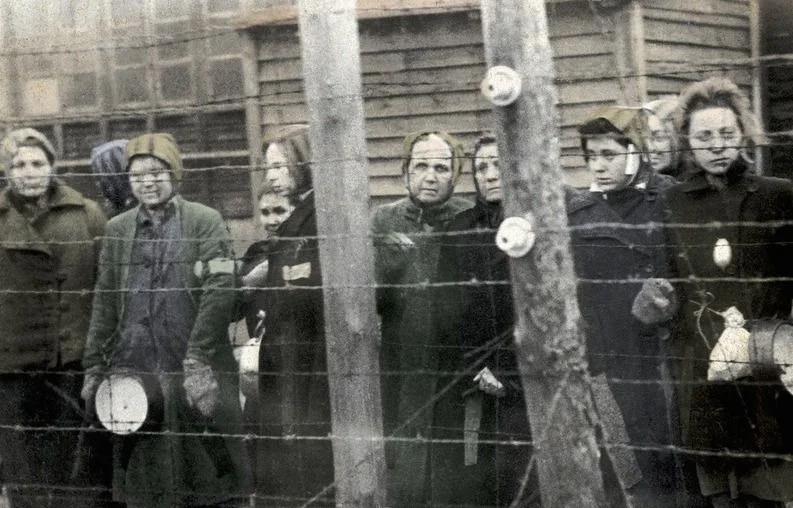Oscar Wilde, playwright, poet, and novelist, was a well-known author when he was alive and thrived in the artistic society of his time. He is remembered for his incredibly influential work even now. Many of his works are still taught in school, though they are often edited in an attempt to minimize the heavy queer themes (among them is the green carnation, which is theorized to symbolize a queer character). He is a well-known and well-liked historical figure even in the heterosexual community, but let’s look at what the heterosexual community did to him while still alive.
David Kato
David Kato is considered the father of the queer movement in Uganda, as well as the first openly gay man in Uganda. He was also well-known in international politics for his work in his country. However, it was incredibly dangerous for him to even be on the radar in Uganda, as same-sex relationships are illegal as of when this article was written in 2023, and all throughout David Kato’s life.
Jane and Paul Bowles
While this is not the first time, we have discussed more than one person in an article, as we consider this couple we must realize the difference between them and the other couples we've discussed. Jane and Paul Bowles were married in 1938 and stayed together until the day Jane died, and both of them were queer. In this queer couple, we find a deep platonic love that sustained both of these artists throughout their tumultuous lives.
We had a number of different ideas for the article this week. However, we as a staff cannot disconnect ourselves from the shooting in Orlando. We thought of writing about the history of queer bars, the history of queer organizations, and we have written and deleted more than three articles at this point. We are now trying to find the balance between respectful silence and outright ignorance of a tragedy. If we fail in finding that, we apologize.
Langston Hughes
We now shift from one prolific writer to another: Langston Hughes. A leading force in the Harlem Renaissance, a poet, a scholar, an activist, and a black man, Hughes spoke unashamedly of his experiences with racism in a still heavily segregated America.
Vita Sackville-West
She created an identity and a legacy for herself when the Sackville-West legacy was denied to her, building herself up out of the remnants of history. She was bold, open-minded, prolific, and confident, but we must acknowledge that it was her privilege that allowed her many of the opportunities in her life. It is this sense of self that struck me most, and what drew me to her, as so many others had been drawn before. Vita’s life is best explored when bookended by her two homes: Knole House and Sissinghurst.
FannyAnn Viola Eddy
When this project began, we asked a question that many historians have discussed: what period counts as history? What is the cut off between historical and current events? There is, of course, a technical answer, as prehistory is all the time before written records, but that doesn't give us quite the answer we need. The final decision was not something as tangible as a year, but more ideological. We decided to only discuss the lives and stories of those who can no longer do so themselves. Thus, while FannyAnn Eddy was alive and well a mere twelve years ago, we will do our best to share her story as she can no longer.
The Bitten Peach and the Cut Sleeve
We move now from Germany to ancient China, to two of the most famous gay couples in Chinese history and the sources of some of the most recognizable queer symbols in China: the bitten peach and the torn sleeve. While these are not common symbols in most Western media, it is used in China as code phrases for relationships between two men. Though the stories may have been slightly distorted throughout the years, both are still very important parts of queer history.
The End of the World War 2 Series
There is a Holocaust memorial in Berlin. That memorial is why we began this series, and that memorial is where it will end. The memorial is the subject of frequent vandalism, and that is what our final article in the World War 2 series is going to cover. Every queer person was in danger during World War 2. Queer people were sent to concentration camps; queer people were killed, queer people suffered. Any community would suffer from the loss of so many people, but the difference is that we were not allowed to mourn our loss. There is controversy over having one memorial site for the queer lives lost, while at the same time there are hundreds of the other groups who suffered; there is little record of our existence.
Josephine Baker
This week we move to Josephine Baker, a renowned dancer, singer, mother, spy, and bisexual woman of colour. It is rare for us to identify a historical figure so clearly, but with some help from her son, historian Jean-Claude Baker, we can. Born on June 3, 1906, in St. Louis, Missouri, USA, Baker’s life was never without its share of obstacles. Josephine Baker, however, wasn’t familiar with the word “stop”; she worked as an entertainer, an activist, a military woman, and a mother, and did not rest. Summarizing her life in a brief, concise, and full manner is next to impossible, but we will do our best.
Queer Women and AFAB People During the Holocaust
Content warning for sex trafficking, corrective rape, forced pregnancy
Continuing our World War II series, we're looking at the often glossed over experiences of queer women and AFAB people during World War II. This suffering is not to be taken lightly, and it would be irresponsible of us to overlook this part of history. It would be equally irresponsible, however, to go on without warning readers. Take care of yourselves, and if you're unable to continue reading, we'll be discussing the life and work of Josephine Baker next week.
Magnus Hirschfeld
Content warning for Nazis, Holocaust, eugenics
It only makes sense to follow the story of the Institut für Sexualwissenschaft with the story of one of its founders: Magnus Hirschfeld. Hirschfeld was a gay Jewish man born in Germany in 1868. He lived, worked, and fought through the rise of Adolf Hitler, and his life brings a unique perspective to our World War II series.
The Institute of Sexology
Content warning for concentration camps, Holocaust, Nazis
As we dive back into World War II, we'll be looking at an equally compelling site of queer progress: Institut für Sexualwissenschaft (The Institute of Sexology). Founded in Berlin by Magnus Hirschfeld and Arthur Kronfeld in 1919, the Institute was revolutionary. It laid the groundwork for a legacy of acceptance and understanding of the human body and sexuality, only to be ripped apart by those that saw its work as too progressive or crude.
San Domino
Content warning for concentration camps, Holocaust
This week we're beginning both our first series and our first discussion of an event rather than a single person. We'll take a look at World War II and the role the queer community played in the events leading up to, during, and after the war. We hope to keep things in chronological order, but history rarely makes things that easy.
Kristina King of Sweden
We've so far looked at simple stories, in that their identities are clear. This is not the case with Kristina of Sweden. There is far more interpretation at play, as there are many labels Kristina may have fallen under. Without her to clarify, we do our best with the information at hand. What we know for certain is that she was not heterosexual, cisgender, and dyadic.














